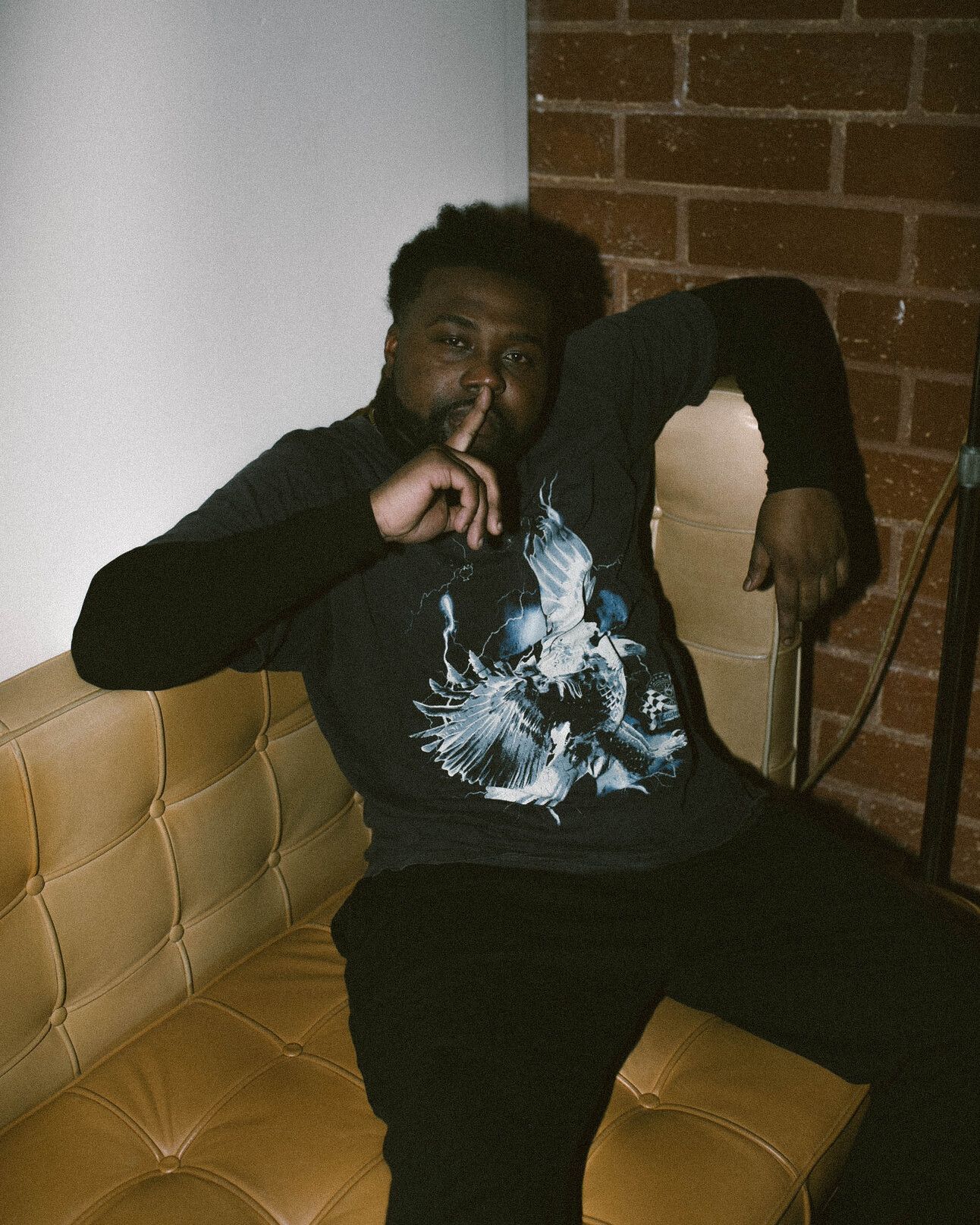Just as no two podcasters are the same, neither are two musicians. There are endless styles to explore in every music genre, and personalities are as unique as snowflakes. Naturally, every recording artist has their signature sound.
Whether you’re a podcaster or musician, your sound tells a story of who you are. It distinguishes you from other recording artists and connects you with listeners. Your signature sound is your main selling point.
Every successful and impactful recording artist has a unique sound identity. Some have absolutely no trouble finding it, but many do.
Here’s some advice for podcasters and musicians who need help finding their sound identity.

Signature Sound for Musicians
As a musician, you know the market is saturated. There are a lot of artists like you trying to “make it” in the industry. So how do you stand out from them while staying authentic to yourself?
Your signature sound is like a sonic fingerprint. It sets you apart from other artists, it’s totally unique.
Your voice’s texture, delivery, and dynamics are often the most identifiable part of your music. Even your lyrical storytelling can become signature. (Do you write introspective lyrics or party anthems?)
Experiment with lyrics, instruments and production styles to find your signature sound identity.
Experiment with Sound
Try blending genres you like. Play with melodies, harmonies, chord progressions. Take note of the intervals you gravitate toward.
Find your most and least favorite drums, synths, samples, effects, and mixing techniques. What production style do you prefer? Maybe you like lo-fi textures or layered harmonies, distorted guitars or minimalist beats.
Using recurring instruments brings continuity to your sound. As you discover your sound identity, you’ll realize you’re using certain instruments over again. Which do you use on repeat? Electric piano, analog synths, live strings, or programmed drums?
Maybe you want to try new plugins and layer unconventional samples. Or you want to lean into freestyling, catching candid takes as ad libs. Maybe you’re dying to try voice effects.
Wherever your experiments lead you, just know that a signature sound is consistent. It’s recognizable.
Your signature sound can be whatever you want, but it’s not “signature” if it doesn’t somehow match the rest of your music. Your signature sound is your sonic brand. It tells fans instantly who you are, and it unifies your body of work as a musician.
Fans come back for that familiar-but-fresh feeling only their favorite musicians deliver. Your signature sound should be crystal clear for the sake of your listeners, your marketability and the future of your music career. As your signature sound is established, fans will follow you for it.
Sound Identity for Podcasters
Just like a visual logo or color scheme, a strong sound identity helps define your brand and connect with your audience on a deeper level. Your signature sound builds brand familiarity.
Consistent production of a signature sound makes you seem more professional and keeps listeners coming back. People will be able to recognize your show within seconds if you produce it well enough. Set a tone that’s distinguishable from other podcasts.
Set the Tone
Intro and outro music sets the mood of your show. Your script tells a story, but how you read it is just as important as what it says.
Music, voices and sound effects on your podcast should align with the show’s vibe; is it energetic, calm, dramatic, or something else?
You might have jingles or stingers to introduce routine segments, like “Hot Takes” or featured calls from weekly listeners. Having consistent music to ring in or taper out content makes it easier for fans to understand your show and have more fun listening overall.

How you balance background music, what background music you choose, and voice tags are also hugely important to your signature sound as a podcaster. Find what you like and make it more or less the same on every podcast, then boom. You have some kind of sound identity. How do you describe it?
A Checklist to Build Your Sound Identity
Whether you’re a musician or podcaster, as a recording artist, you should be able to describe your sound identity off the top of your head. Here’s a checklist to follow as you find and build your signature sound.
Define Your Brand Personality
Are you calm and thoughtful? Bold and rebellious? Fun and quirky? Let that guide your choices.Pick a Theme or Genre
Look for royalty-free music that matches your vibe, or commission a custom track.Develop Audio Templates
Save your intro, outro, segment jingles, and transitions as reusable templates.Be Consistent
Use the same core sounds to build recognition.Evolve Thoughtfully
You can refresh or evolve your sound identity over time—just do it gradually to keep listener trust.

As a recording artist, your sound identity is an extension of your personal identity. How do you describe your signature sound? What does it say about who you are?
